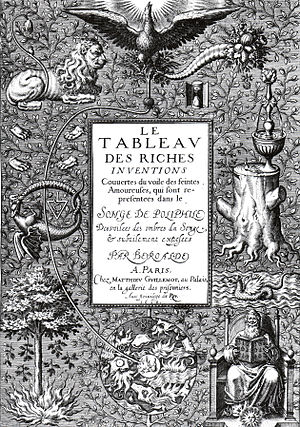The summer is gone and it's been three months since the
last update on eBay rare book prices. No incunables this time around but some
solid early printing as well as crowd favorites and historically significant
ephemeral Americana. I've changed around the methodology of reporting on eBay
sales for this and future updates. I'm increasingly skeptical of high-value
sales reported in the eBay "buy it now" category (i.e. at a set price with no
bidding). Some of these end up re-listed suggesting that they weren't actually
sold to begin with - so from now on I'll only be reporting on items sold
through competitive bidding. This is by no means to impugn all no-bid sales but simply a matter of reliability and convenience for me. For those interested there were a number of interesting and pricey books sold in this format including a 1568 Vesalius and signed firsts of the hot books of the day - the Hunger Games Trilogy.
1.$8,600: The top slot this time around goes to the ever-collectible 1851 first American edition of Melville's Moby Dick. The American first can command over $30,000 but this copy features significant foxing and some other condition issues. Nonetheless a highly sought-after book and sold after 11 bids on July 3rd by Capstone Collectibles of Boxborough, MA.
2.$8,100: Pittsburgh bookseller Lux & Umbra remains one of the most consistent sellers of high-value books on eBay. This quarter they made the list with a beautiful 1503 Parisian Book of Hours printed on vellum [USTC 26042]. Full of illustrations and with historiated borders throughout, this item drew a lot of attention, selling after 38 bids on July 14.
3. $6,999: Third on the list is an edition of the ever-popular Hypnerotomachia Polyphili. The earliest editions of the lavishly illustrated work can sell in the six-figures. The edition here is Béroalde de Verville's interpretation and reworking of the classic entitled Le tableau des riches inventions printed at Paris in 1600 (illustrated above). Copies of this edition have popped up in the trade a few times in the last decade including on eBay. A copy in not quite as fine condition made $3,450 at auction in 2005 while another brought 15,000 euros in 2007. This copy, offered by the Ottawa dealers Colin Borgal and Peter Jones sold after 30 bids on July 11.
4. $6,500.23: Salvador Dali's lithographed edition of Alice and Wonderland appears again this quarter (copy #2106 appeared at no. 5 last time around and #1653 was sold by the same dealer in the buy it now format in August). Beacon Estate Services of San Diego offered this 1969 Alice (copy #488) which sold after 4 bids on August 13 (it had originally sold for more than $8,000 on Aug. 1st before the buyer defaulted).
5. $6,101: Bibliopathos booksellers of Milan grabbed the top spot in last quarter's listings with a 17th c. edition of Galileo. This quarter they made the list with Vincenzo Coronelli's Epitome cosmografica, o compendiosa introduttione all'astronomia, geografia, & idrografia, (Cologne [Venice], 1693). Full of prints, maps, and astronomical charts this is an attractive book and in fact this exact copy was sold in March at Christie's for £6,875. It's an interesting strategy to turn around an auction purchase this quickly using eBay but it didn't pay off in this instance despite heavy bidding, selling for just over $6,000 after 20 bids on July 1.
Though not formally listed in the Antiquarian Books category on eBay, a remarkable printed form completed in manuscript would have won the top spot. In June 1774 the Boston Committee of Correspondence circulated a printed subscription form to towns throughout the surrounding area in which residents would publicly pledge to boycott all goods and trade from Great Britain in order to protest Parliamentary taxes levied on the colony. Copies of these subscription forms, either completed or blank survive at the American Antiquarian Society, Boston Public Library, and Library of Congress. In June Armory Antiques of Rhode Island offered on eBay a copy of one of these subscription forms (the 49-line version ESTC W4187) signed by the residents of Attleborough, Mass. and dated 13 July 1774 (correcting in Ms. the printed word "June"). This remarkable piece of Americana sold for $11,600 after 21 bids on June 24th. For more on the subscription form and the politics surrounding it see William Hunting Howell, "Entering the Lists: The Politics of Ephemera in Eastern Massachusetts, 1774," Early American Studies 9.1 (2011), 187-217.





























